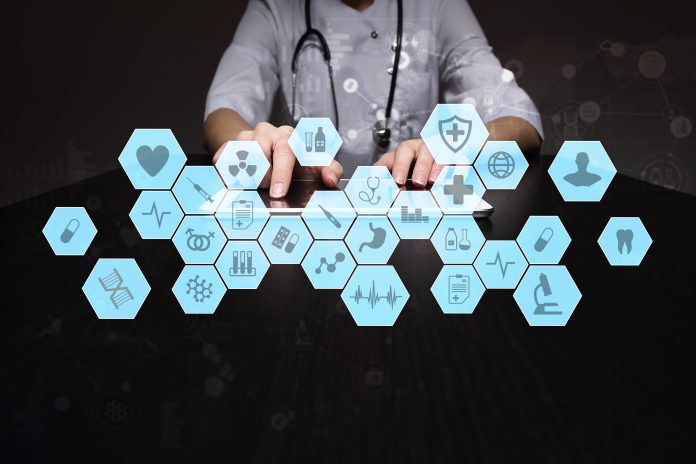From improved mental health provisions to the age of telecommunications, Dr Ian Jackson, Medical Director and Clinical Safety Officer at Refero, discusses what 2020 might hold for technology in healthcare
An ageing population, a backlog of property maintenance and ongoing staff shortages, are all well-known problems the NHS and will, unfortunately, continue to be an issue into 2020 and beyond. That being said, when it comes to its digital strategy, we will see significant progress in the months ahead. While the UK was in the midst of a Brexit deadlock throughout 2019, our healthtech sector continued to grow and flourish.
A year in brief
In January, the rollout of the NHS app finally began, and the Government revealed its Long Term Plan, drawn up by frontline staff, patient groups, and national experts, which underpinned the importance of technology in healthcare. The plan set out the critical priorities that will support digital transformation and provide a step-change in the way the NHS cares for citizens.
In July we welcomed NHSX – the Government unit responsible for setting national policy and developing best practice for NHS technology. The £1 billion investment was largely welcomed by the sector.
In September, we saw AI and mental health dominate talks at Expo – which unites more NHS, local government and social care leaders than any other health and care event. During the two-day show, video consultations were identified as a key trend, and it was reiterated that the balance of both traditional and new approaches must be considered in order to continue to improve patient care.
The pre-election period throughout November and December saw each main party highlight their investments plans, which will no doubt help bolster any digital aspirations.
Teleconsultation’s time has come
I believe that teleconsultation will come of age in 2020, and will be used increasingly across multiple health sectors.
GPs are under increasing pressure as numbers decline while the population grows, along with the complexity of cases. It’s clear that change is absolutely necessary; the future of primary care must be technology-enabled. The old telephone reception model is no longer appropriate. The receptionist shouldn’t be the person who decides how the patient sees the doctor, that should be the choice of the patient.
Using an app-based messaging and triage process booking for the most appropriate care pathway offers LCNs the ability to support patients – a wellbeing hub can be created.
We’ve seen that there is a real appetite for virtual appointments in the market. For example, we know that it’s more difficult for older people in care homes to see their GP. Across the board, patients are looking for more agile access to their GPs and many primary care providers are keen to harness the power of technology to drive efficiencies.
The journey to integrated care continues
Patient-facing technology is a key part of helping ease the pressure on GP practices, but I believe it could and should go above and beyond that to help join the dots between primary and secondary care on the journey towards integrated care.
Joined-up care was the essence of the long-term plan, which includes ramping up mental health services – particularly for young people – with investment rising faster than the NHS budget as a whole.
In mental health, we will begin to see the increasing use of teleconsultation and perhaps the start of the provision of group therapies using teleconsultation from one clinician to multiple patients. I also hope that we might see the smart use of software to support the care of both chronic and acute mental health episodes by including support from the third sector.
These organisations can use things like teleconsultation technology to allow them to work as part of the team with visibility of messaging from patients. This not only creates the ability to monitor cases, and hand-over to the most appropriate person to respond, but also provides the ability to escalate across current care boundaries. They can also have the flexibility to do this from any PC or mobile device. This is now possible, but it requires cross-agency agreements to get up and running.
Currently, in many parts of the country, the NHS struggles to provide 24/7 support to those with mental health issues. The Care Quality Commission found that just half of Community Mental Health Teams (CMHTs) are able to offer a 24/7 crisis service today. So, what happens to patients in distress at the weekend, or in the middle of the night? The intelligence from machine learning can be used to build bridges between healthcare and other life-changing public services; such as mental health.
Tech’s time to shine
2019 marked a shift towards a truly digitised NHS, with primary and secondary care embracing technology in healthcare to help health and care professionals communicate better and enable people to access the services they need quickly and easily when it suits them. In 2020, the NHS is in an ever better position to transform the way care is delivered to patients.
Technology in healthcare enables new ways of engaging people and connecting them with support services, improving and building upon more traditional ways of working to eliminate the possibility of vulnerable people falling through the cracks at the point where services crossover. I hope all political parties keep this at the forefront of their agendas, over the coming weeks.











